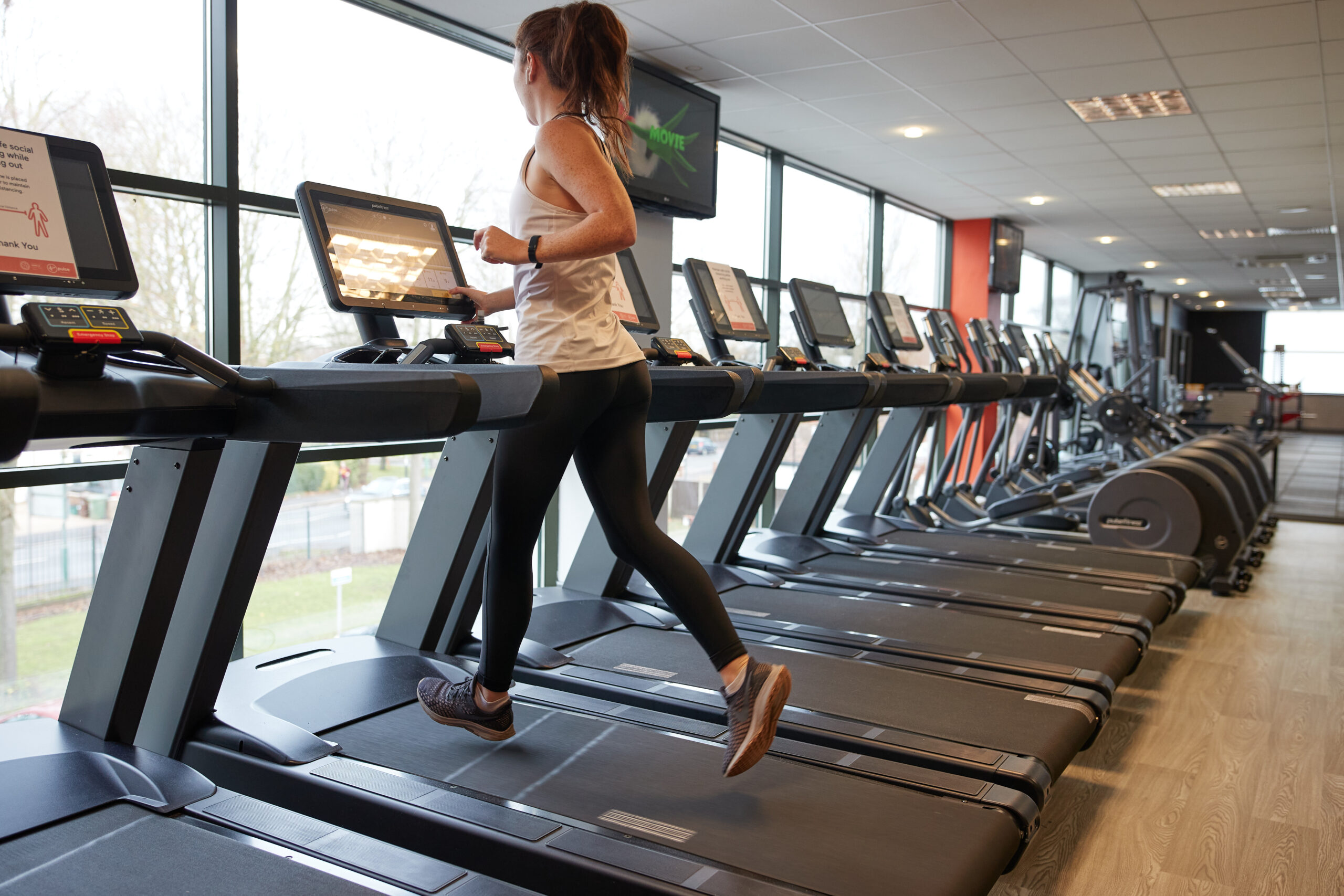In the realm of health https://www.DecorandooQuarto.com/ and fitness, understanding the intricate workings of the human body is paramount. One such vital aspect is pulse health. From monitoring workout intensity to gauging cardiovascular fitness, pulse serves as a valuable indicator of overall well-being.
Understanding the Importance of Pulse in Fitness
What is Pulse?
Pulse refers to the rhythmic throbbing of arteries caused by the contraction and expansion of the heart as it pumps blood through the body. It is commonly felt at arterial points such as the wrist, neck, or temple.
How Pulse Relates to Fitness?
In fitness, pulse serves as a direct reflection of heart rate, which in turn indicates the intensity of physical activity. By monitoring pulse, individuals can tailor their workouts to achieve specific fitness goals effectively.
Measuring Pulse: Techniques and Tools
Traditional Methods
Historically, pulse measurement involved manually counting heartbeats over a specific duration, typically 15 or 30 seconds, and then multiplying to determine beats per minute (BPM).
Modern Technologies
Advancements in technology have introduced various pulse-monitoring devices, ranging from wearable fitness trackers to smartphone applications equipped with optical sensors capable of measuring pulse accurately.
The Significance of Monitoring Pulse During Exercise
Optimal Heart Rate Zones
Different heart rate zones signify varying levels of exertion, from moderate to vigorous. Monitoring pulse during exercise helps individuals stay within their target heart rate zones for optimal results.
Benefits of Exercising in Target Heart Rate Zones
Exercising within target heart rate zones enhances cardiovascular endurance, promotes fat burning, and reduces the risk of overexertion or injury during workouts.
Pulse Rate and Cardiovascular Health
Relationship Between Pulse Rate and Cardiovascular Health
A lower resting pulse rate often correlates with better cardiovascular fitness, indicating a more efficient heart that pumps blood with less effort.
Effect of Exercise on Pulse Rate
Regular exercise strengthens the heart muscle, thereby lowering resting pulse rate and improving overall cardiovascular health.
Using Pulse Monitoring for Effective Workouts
Setting Fitness Goals Based on Pulse Rate
Understanding individual heart rate zones allows for setting realistic fitness goals tailored to personal capabilities and objectives.
Customizing Workouts According to Pulse
Pulse monitoring enables individuals to adjust workout intensity and duration to optimize training outcomes and prevent overtraining.
Pulse Health and Fitness Apps
Features and Benefits
Pulse health and fitness apps offer real-time monitoring, personalized workout recommendations, and comprehensive data analysis to track progress over time.
Popular Apps for Pulse Monitoring
Leading fitness apps such as Fitbit, Garmin Connect, and Apple Health incorporate pulse monitoring features, making them invaluable tools for fitness enthusiasts.
The Role of Pulse in Recovery
Pulse Rate as an Indicator of Recovery
Post-exercise pulse rate provides insight into the body’s recovery process, helping individuals gauge when it’s safe to resume physical activity.
Post-Workout Pulse Monitoring
Monitoring pulse immediately after exercise can reveal how effectively the body is recovering from exertion, guiding decisions on rest and recovery strategies.
Potential Risks and Precautions
Overexertion and Elevated Pulse
Excessive physical exertion can lead to elevated pulse rates, increasing the risk of fatigue, dehydration, and even cardiac issues in extreme cases.
Safety Measures During Exercise
Practicing proper hydration, pacing, and listening to the body’s cues are essential for preventing overexertion and maintaining pulse health during workouts.
Pulse Monitoring Beyond Workouts
Everyday Applications of Pulse Monitoring
Beyond fitness, pulse monitoring has applications in stress management, sleep tracking, and overall health assessment, offering insights into daily well-being.
Pulse Health in Daily Life
Awareness of pulse health extends beyond the gym, serving as a holistic indicator of overall health and well-being in everyday life.
Combining Pulse Monitoring with Other Fitness Metrics
Integration with Activity Trackers
Integrating pulse monitoring with activity trackers provides a comprehensive overview of physical activity, sleep patterns, and overall fitness metrics.
Comprehensive Fitness Tracking
By combining pulse data with metrics such as steps taken, calories burned, and sleep quality, individuals gain a holistic understanding of their health and fitness journey.
Myths and Misconceptions About Pulse Health
Common Misbeliefs
Misconceptions surrounding pulse health include the notion that a faster pulse always indicates better fitness or that pulse monitoring is solely for athletes.
Debunking Myths
In reality, pulse health is individualized, influenced by factors such as age, fitness level, and underlying health conditions, and monitoring pulse benefits individuals of all activity levels.
Pulse Health and Mental Well-being
Correlation Between Pulse Health and Stress Levels
Elevated pulse rates can be indicative of stress or anxiety, highlighting the interconnectedness of physical and mental well-being.
Managing Stress Through Pulse Monitoring
By recognizing patterns of elevated pulse associated with stress, individuals can implement relaxation techniques and mindfulness practices to promote mental wellness.

